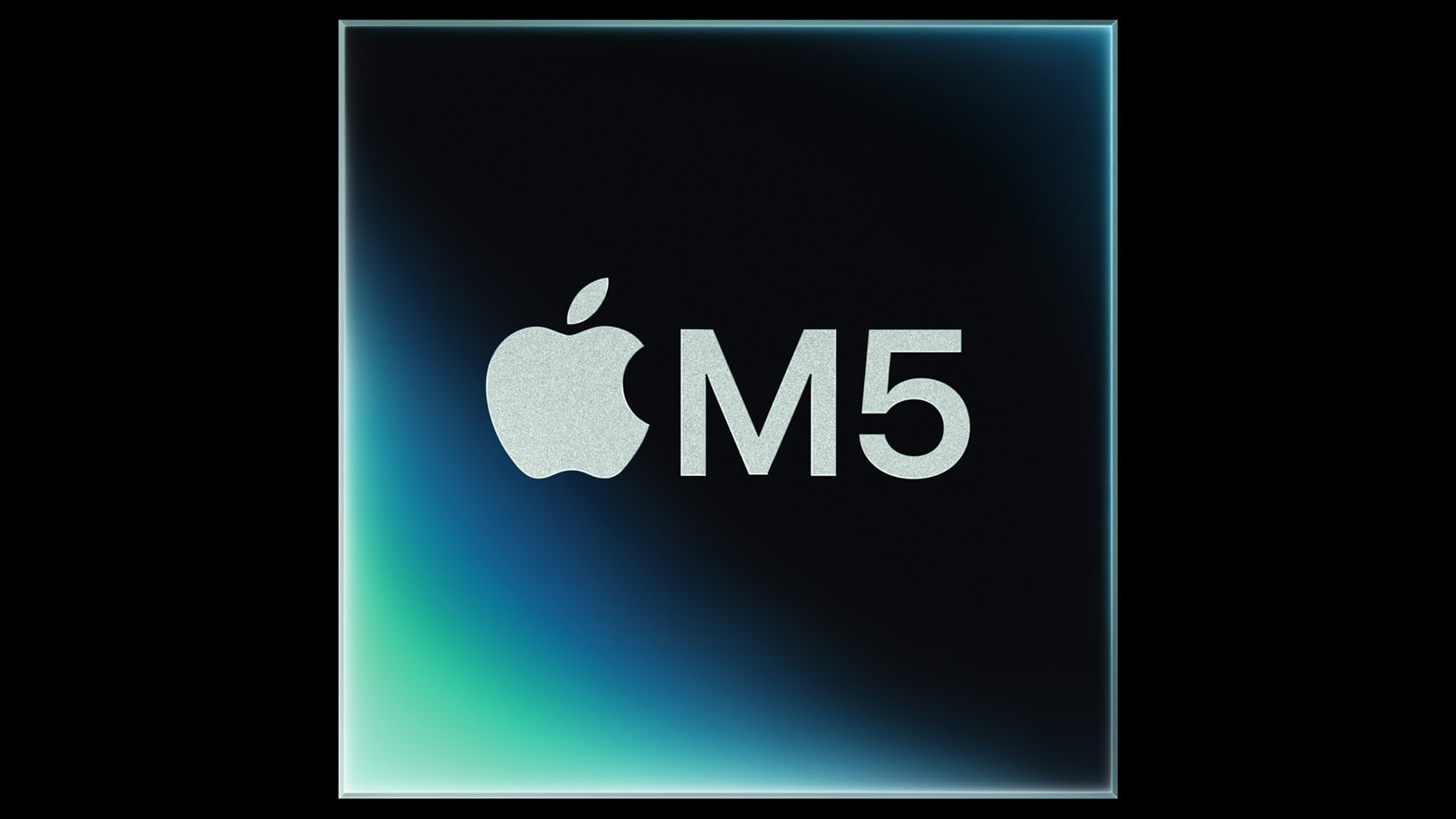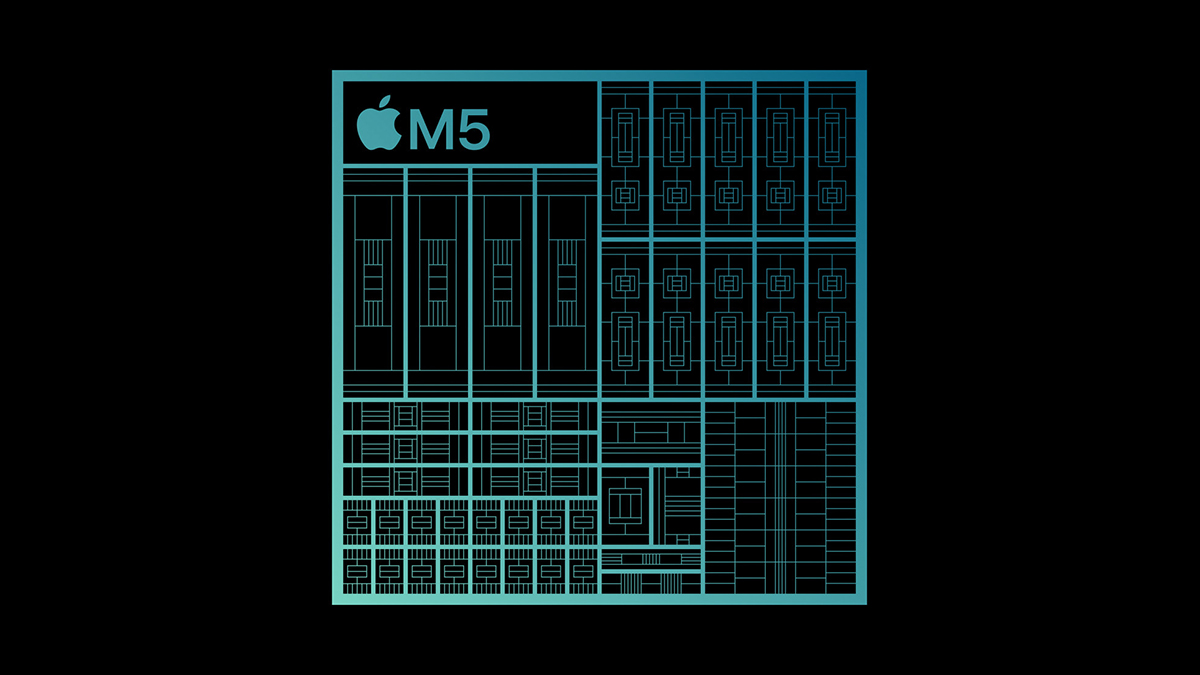The AI tsunami: Apple's M5 chip delivers a 12x performance leap - here's what the neural accelerators mean for your Mac
From faster chips to smarter, AI-driven design - how Apple's silicon has evolved

- M5's 12x neural performance jump marks Apple’s biggest architectural leap
- Dedicated Neural Accelerators in each GPU core redefine how Apple handles AI processing
- M5 Pro, Max, and Ultra projected to push neural throughput dramatically
Apple’s M-series chips have seen regular performance gains over the past five years, but the jump from M4 to M5 stands out the most by far.
The latest generation chip changes how Apple handles AI workloads, delivering an increase in neural compute that is far beyond anything seen before in the tech giant’s own silicon.
When Apple's first chip, the M1, arrived in November 2020, its Neural Engine could manage about 11 trillion operations per second. The M2 pushed that to just under 16, and the M3 climbed to around 18. By the time the M4 arrived last October, the figure double that.

This article is the second in a five-part series delving deep into Apple’s M-class processors, from the early M1 through to the newly announced M5 and our projected M5 Ultra. Each piece will explore how Apple’s silicon has evolved in architecture, performance, and design philosophy, and what those changes might mean for the company’s future hardware.
Top of the TOPS
With M5, the number has skyrocketed to roughly 133 TOPS, or around twelve times the M1’s starting point.
That scale-up is the sharpest rise in Apple’s history of in-house processors. Rather than relying purely on a faster Neural Engine, M5 features a dedicated Neural Accelerator inside each GPU core.
This lets the graphics hardware take on AI workloads directly, distributing inference tasks across the chip instead of pushing them through a single engine.
The result is a system that handles model-based processes far more efficiently.
Sign up to the TechRadar Pro newsletter to get all the top news, opinion, features and guidance your business needs to succeed!
Features such as on-device transcription, local image generation, or creative tools that rely on Apple Intelligence all benefit from the new structure.
Each part of the chip now contributes to neural processing, and that makes the overall speed increase look less like a step and more like a jump.
On paper, the rest of the chip has improved too. The 10-core CPU delivers about 15 percent faster multithreaded performance than M4, and unified memory bandwidth rises to 153GB/s. This supports larger models and more efficient multitasking without cranking up power usage.
The M5 is inside the new 14-inch MacBook Pro and the new iPad Pro. The tablet version uses either a nine-core or ten-core CPU, depending on storage, but both share the same Neural Engine and GPU layout.
Looking beyond the chips that Apple has actually released, projected figures for potential future versions hint at how far this design might stretch.
Estimates from Google Gemini suggest that an M5 Ultra chip could reach between 600 and 800 TOPS, with Pro and Max variants falling between 190 and 320.
None of those chips have been announced (nor, for that matter, has the M4 Ultra – the M3 Ultra was only announced earlier this year and is in the Mac Studio) and the numbers are only projections, but they do follow the pattern of growth seen in previous generations, so there’s a solid foundation to them.
Such increases would inevitably raise familiar issues. A desktop-class M5 Ultra would need more cooling and power than Apple’s current compact enclosures could manage.
What the new M5 shows is that Apple’s chip roadmap is now shaped by neural performance more than raw CPU or GPU power. The company has tied its future Macs and iPads to on-device AI. The next few generations will decide how far that can scale before physics and thermals catch up.
Follow TechRadar on Google News and add us as a preferred source to get our expert news, reviews, and opinion in your feeds. Make sure to click the Follow button!
And of course you can also follow TechRadar on TikTok for news, reviews, unboxings in video form, and get regular updates from us on WhatsApp too.

Wayne Williams is a freelancer writing news for TechRadar Pro. He has been writing about computers, technology, and the web for 30 years. In that time he wrote for most of the UK’s PC magazines, and launched, edited and published a number of them too.
You must confirm your public display name before commenting
Please logout and then login again, you will then be prompted to enter your display name.